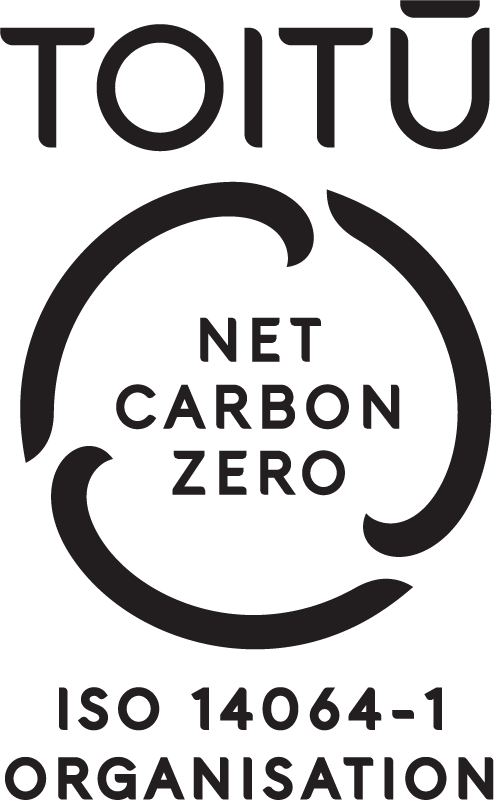
The Good, the Bad and the Ugly – the difference between good debt and bad debt
24 May 2022Ask your dad if he remembers The Good, The Bad and The Ugly. I do, my Dad took me to see it at the Ashburton picture theatre in the late 70s. It was epic, larger than life and I can still hear the soundtrack to this day whenever I think of the movie or Clint Eastwood. Quentin Tarantino said it was his favourite movie of all time.
So, what’s that got to do with debt you might ask? Well, I might be stretching my luck with the ‘ugly’ reference but there’s lots to say about the ‘good’ and the ‘bad’.
Believe it or not, Kiwis have only really been able to access what I call everyday debt since the 1980s. Before that, other than property or business loans, it was almost impossible to borrow from a bank. Essentially, if you didn’t have the cash to buy what you wanted, you would have to save for it, put it on lay buy (get the shop to hold it for you until you paid it off), hire purchase or simply do without.
Today is a totally different story. You can pretty much put anything on tick or the never never, as some people say. This has always concerned me because it can lead you down a very dark tunnel of financial stress, and impact your overall wellbeing, which you could have avoided by doing your research first and understanding what the fine print really means.
The best way I can describe debt is to look at it in two simple ways: good debt and bad debt.
So what’s good debt? Well this can be pretty subjective but I think the following list sits in the good bucket:
A mortgage to buy your own property, rental property or top up your mortgage to improve the value of your property
- A business loan to help you start or grow your own business
- Finance loan for machinery, trucks etc for businesses and farming
- A loan to buy a car (more on this later)
- A student loan or a loan to help you buy your tools for your chosen trade
The first three make sense. They will help you build wealth over time (all going well) by adding either greater capital value to your property assets or increased income and capital to your business.
Some might question why a loan for a car is good debt. Well the way I look at it is if the car is in good condition, the loan rate not too bad, and it gets you to work (especially if you live somewhere with poor public transport) then that makes a lots of sense to me. With the move to electric vehicles and government support likely to come in the future this is a win-win in my books and well worth the loan cost if it means you get a better job because of it.
Student loans can be very good, as long as you come out with a degree that will help you kick off your career. You are investing in yourself, which is great. It is interest free and, once you get a job, a repayment calculation will be applied to your payslip, so it is slowly repaid over time. However, beware if you are planning on moving overseas after university your loan, in most cases, stops being interest free and the extra cost can add up very quickly, unless you pay it off early.
If uni is not your gig why not get paid while you learn a trade? There is great money to be made and getting a loan to buy your tools for the trade (and maybe a car to get you to the jobs) will reap you rewards, especially if you pay it off promptly while building a lifetime skill.
An incredibly important key to accessing good debt is making sure you have a great credit rating. If this is not maintained and you default on loans of any sort, or fail to pay your bills, your rating will come down. You will be seen as a risk and your choice of lending options will be limited to high cost options. So, if you only remember one thing from this article, make it the importance of keeping a good credit rating!
Which brings us on to bad debt. There is a massive array of ways to get into financial trouble, with countless businesses coming up with ways to get you to pay more for the goods and services you decide to buy. This includes through:
- Hire purchase agreements
- Credit cards
- Second tier lending
- Deferral lending (afterpay etc)
- Pay day lenders
- Retail trucks
The cost of debt via hire purchase can range from 17-27% in interest. Then there will be fees for getting the application set up and, if you miss a payment, the penalty costs can be crippling. If you do need to take out a hire purchase loan, shop around for the best rate and agree the shortest time you can afford to repay it.
Credit cards are great for convenience and you can load them up with your monthly purchases if you like getting rewards. But make sure you pay them off every month, rather than using your card like an overdraft account. I just checked my credit card and if I don’t pay it off in full each month, my bank will charge me 19.9%, calculated daily, and added to the bill. Those nice cheap specials you thought were good may not look that cheap if you are adding 19% daily to the original purchase price.
A huge wave of cheap debt has entered the market recently and is putting pressure on the credit card companies. You have probably seen signs like this: “Buy now, pay in four instalments over 4 to 6 weeks for free”. Essentially this is layby on steroids. You get the fun stuff straight away and then pay it off over a series of short instalments. All fun and games until someone loses an eye. What happens if you don’t make those instalments?
Well this is where you have to read the fine print. They say no interest but there are a truckload of fees if you slip up. I heard on the radio this week that more than 80% of Americans use these services for household goods. To me this is pretty serious and in some cases only kicking your bad debt can of goods down the road. Remember you have to pay for this stuff some time and unless you are brilliant at budgeting and stick to the repayment schedule, this could get pretty expensive.
The last two groups – payday lenders and retail trucks - are, in my opinion, the last place you want to end up. The costs are incredible and, in time, could put you in a debt hole that you may struggle to dig your way out of.
I will leave Clint Eastwood with the last word on this: “Go ahead make my day” by taking the time to research the best lending options you can and make sure your debt is going to help you build a better financial outcome.
Disclaimer: David Boyle is Head of Sales and Marketing at Mint Asset Management Limited. The above article is intended to provide information and does not purport to give investment advice.
Mint Asset Management is the issuer of the Mint Asset Management Funds. Download a copy of the product disclosure statement here.


